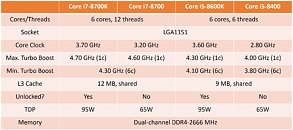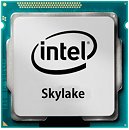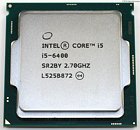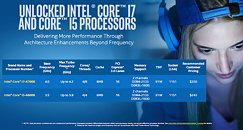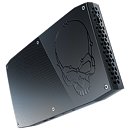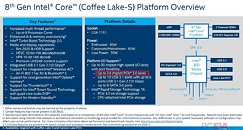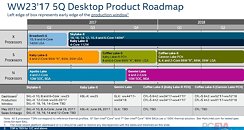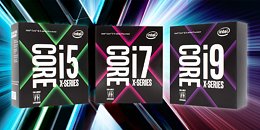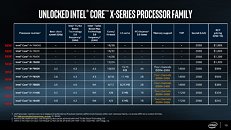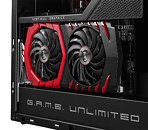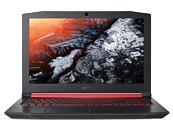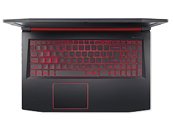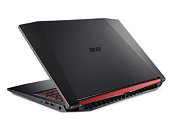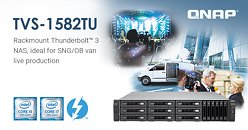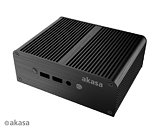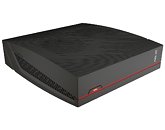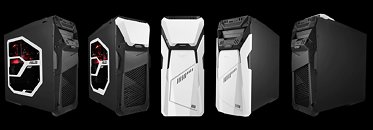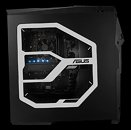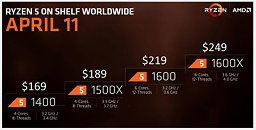
Intel Core "Coffee Lake" Availability Scarce Until 2018: Report
Intel's 8th generation Core "Coffee Lake" 6-core processors aim to restore the company's competitiveness in the mainstream-desktop (MSDT) platform, which eroded to AMD's unexpectedly successful Ryzen. The chips will hit the stores a little later this month, at price-points very close to the outgoing 7th generation Core "Kaby Lake" processors; although a report by SweClockers predicts that the chips will be scarcely available until early-2018.
Intel is launching "Coffee Lake" desktop processor family with a rather trimmed down lineup of six SKUs, two each under the Core i7, Core i5, and Core i3 brands, with the former two being 6-core, and the Core i3 being quad-core, marking an increase in core-counts across the board. While these chips will very much be available on launch-date in the retail channel, there could be an inventory shortage running all the way till Q1-2018.
Intel is launching "Coffee Lake" desktop processor family with a rather trimmed down lineup of six SKUs, two each under the Core i7, Core i5, and Core i3 brands, with the former two being 6-core, and the Core i3 being quad-core, marking an increase in core-counts across the board. While these chips will very much be available on launch-date in the retail channel, there could be an inventory shortage running all the way till Q1-2018.







